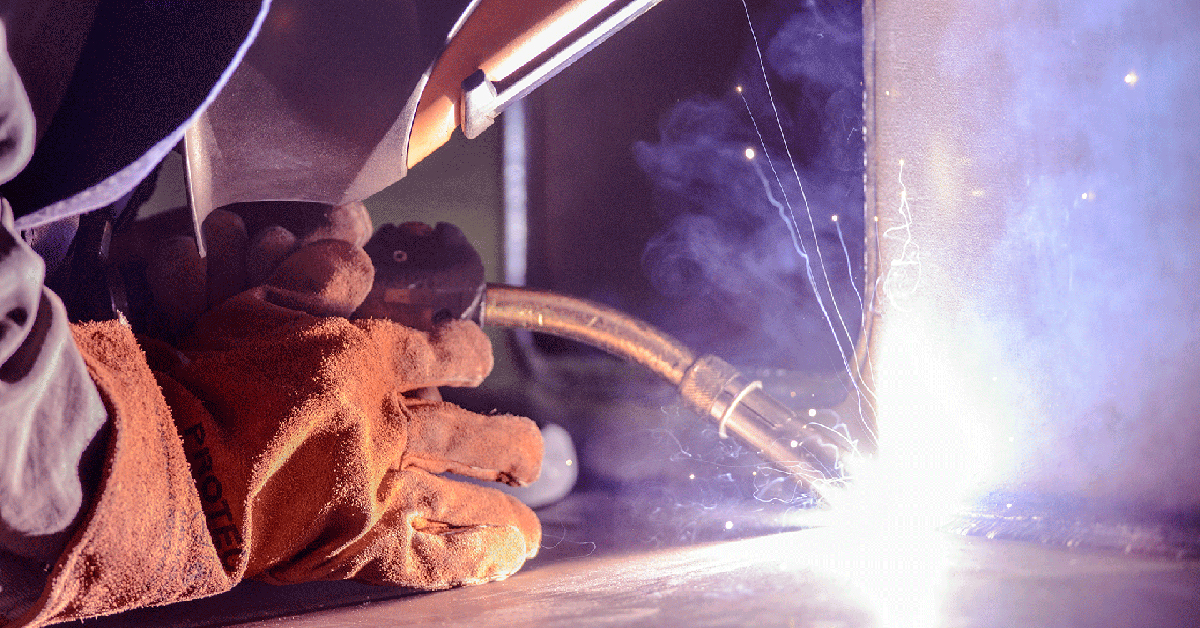Preventing Weld Undercut Made Easy: Key Techniques Introduced
Preventing Weld Undercut Made Easy: Key Techniques Introduced
Blog Article
Understanding the Art of Welding: Just How to Stay Clear Of Undercut Welding Issues for Flawless Manufacture Outcomes
By comprehending the origin triggers of undercut welding and applying reliable methods to stop it, welders can elevate their craft to brand-new degrees of excellence. In the quest of perfect fabrication results, mastering the art of welding to avoid undercut issues is not just an ability however a need for those aiming for perfection in their work.
Understanding Undercut Welding

To avoid undercut welding, welders should make certain proper welding specifications, such as changing the current, voltage, traveling speed, and preserving the appropriate electrode angle. Furthermore, using the suitable welding method for the particular joint setup is important. Utilizing weaving movements or backstepping strategies can help make certain appropriate weld metal deposition and reduce the possibility of undercut formation. Routine assessment of welds throughout and after the welding procedure is additionally important to capture any undercut early and make required changes to avoid more issues. Preventing weld undercut. By recognizing the reasons for undercut welding and applying safety nets, welders can achieve high-quality, structurally sound welds.
Reasons For Undercut in Welding
Comprehending the factors that add to undercut in welding is crucial for welders to generate top notch, structurally audio welds. When the weld metal does not correctly fill up the groove developed in between the base metal and the formerly transferred weld metal, undercutting takes place. A number of variables can bring about damage in welding. One usual reason is too much warm input. Welding at heats for extensive periods can cause the base steel melting even more than preferred, resulting in damage. Poor welding current or incorrect welding speed can likewise add to undercut. Insufficient current may not give adequate warm to thaw the base and filler steels sufficiently, while too much speed can prevent correct blend, triggering undercut. Furthermore, incorrect electrode angles or wrong torch adjustment techniques can develop areas of reduced weld metal deposition, advertising undercut. Comprehending these causes and applying appropriate welding techniques can assist prevent see here undercutting concerns, ensuring sturdy and strong welds.
Methods to Stop Undercutting

To reduce the danger of damaging in welding, welders can utilize critical welding techniques aimed at improving the top quality and honesty of the weld joints. In addition, utilizing the appropriate welding method for the details joint setup, such as weave or stringer beads, can contribute to reducing undercutting.
Additionally, proper joint prep work, including making certain tidy base products complimentary get more of impurities and utilizing the proper welding consumables, is crucial in stopping undercut problems. Utilizing back-step welding techniques and controlling the weld bead profile can also assist distribute warm equally and decrease the danger of undercut. Routine evaluation of the weld joint during and after welding, as well as executing quality control steps, can aid in dealing with and spotting undercutting issues without delay. By carrying out these methods vigilantly, welders can achieve remarkable fabrication results with marginal undercut problems.
Significance of Proper Welding Specifications
Picking and keeping suitable welding criteria is necessary for attaining effective welds with marginal problems. Welding criteria refer to variables such as voltage, existing, take a trip rate, electrode angle, and securing gas flow price that directly influence the welding procedure. These criteria need to be meticulously readjusted based upon the kind of material being welded, its density, and the welding technique utilized.
Appropriate welding criteria make sure the correct amount of warm is used to thaw the base metals and additional reading filler product uniformly. If the parameters are set also high, it can bring about excessive heat input, triggering distortion, spatter, or burn-through. On the various other hand, if the parameters are too low, incomplete combination, lack of infiltration, or undercutting might happen.
Quality Control in Welding Operations

Final Thought
Finally, grasping the art of welding requires an extensive understanding of undercut welding, its reasons, and strategies to avoid it. By making sure appropriate welding criteria and carrying out quality guarantee techniques, remarkable fabrication results can be attained. It is crucial for welders to regularly strive for excellence in their welding operations to stay clear of undercut issues and generate high-grade welds.
Undercut welding, a typical flaw in welding procedures, takes place when the weld metal doesn't effectively load the groove and leaves a groove or clinical depression along the welded joint.To prevent undercut welding, welders must make sure correct welding criteria, such as changing the existing, voltage, travel rate, and preserving the correct electrode angle. Inadequate welding existing or inaccurate welding speed can additionally contribute to undercut.To reduce the threat of undercutting in welding, welders can employ calculated welding techniques aimed at enhancing the top quality and honesty of the weld joints.In conclusion, understanding the art of welding calls for a comprehensive understanding of undercut welding, its reasons, and strategies to stop it.
Report this page